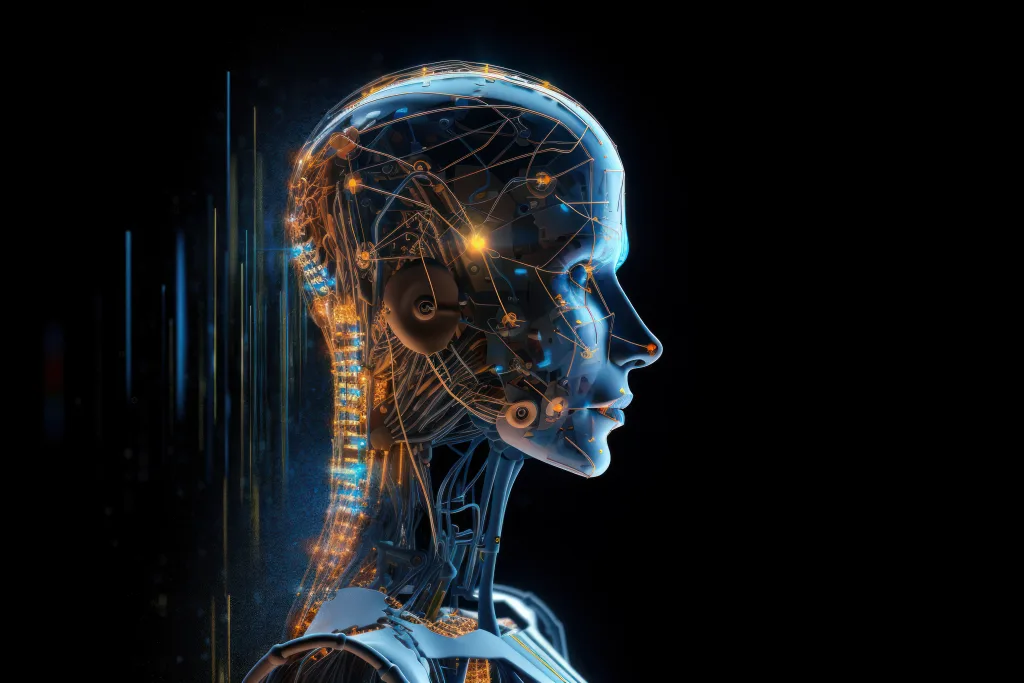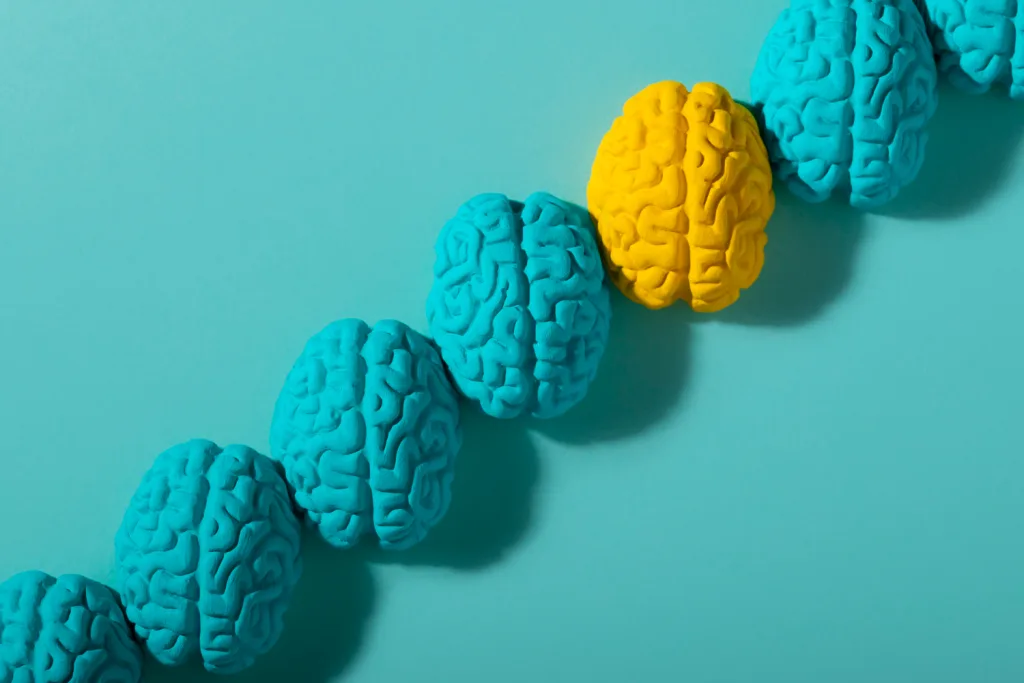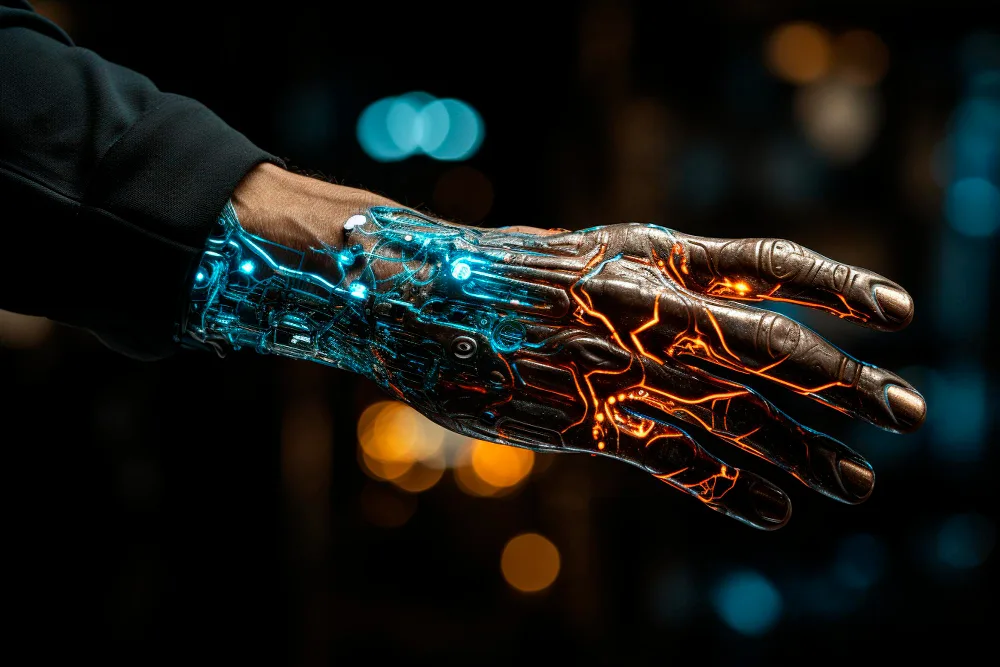In the realm of technology, few innovations have captured the imagination and interest of the masses like Artificial Intelligence (AI). Once a distant dream confined to the pages of science fiction, AI is now an integral part of our daily lives. From voice-activated assistants like Siri and Alexa to recommendation engines on Netflix and Amazon, AI tools are omnipresent. This article delves deep into the world of AI tools, shedding light on their evolution, significance, and the transformative impact they have on various industries.
The term “Artificial Intelligence” might evoke images of humanoid robots or supercomputers taking over the world. However, the reality is far more nuanced and beneficial. AI tools are designed to process vast amounts of data, recognize patterns, and make decisions, often more quickly and accurately than humans. As we journey through this guide, we’ll explore the best AI tools available in 2023, their applications, and how they’re shaping the future.

The seeds of AI were sown in the mid-20th century. Alan Turing, often hailed as the father of modern computing, introduced the concept of machines that could simulate any human intelligence. This idea was the foundation of the Turing Test, a measure of a machine’s ability to exhibit intelligent behavior indistinguishable from that of a human.
The 1950s and 60s saw the first wave of AI research. Early pioneers like John McCarthy and Marvin Minsky were optimistic about AI’s potential, leading to the establishment of the first AI labs at institutions like MIT. These initial years were marked by significant advancements, including the development of the first neural networks and the invention of the Lisp programming language, which became synonymous with AI research.
However, the journey of AI wasn’t always smooth. The field faced multiple “AI winters” – periods of stagnation and reduced funding due to unmet expectations. But with the advent of big data, improved algorithms, and enhanced computational power in the 21st century, AI witnessed a renaissance. Tools that were once theoretical became practical and accessible.

At its core, Artificial Intelligence is about creating machines that can think and act intelligently. There are two primary types of AI:
Underpinning AI are technologies like Machine Learning (ML), where machines are trained to learn from data and improve their performance over time. Deep Learning, a subset of ML, uses neural networks with many layers (hence “deep”) to analyze various factors of data. Neural networks are inspired by the human brain’s structure and are designed to recognize patterns.
For instance, when you upload a photo to a social media platform, and it automatically recognizes and tags your friends, it’s using a combination of AI, ML, and deep learning. These technologies analyze the features of the photo, compare them to a database, and determine the most likely matches.

In today’s digital age, the volume of data generated is staggering. Every click, every search, every interaction online produces data. Manually processing this vast amount of information is not only time-consuming but also inefficient. Enter AI tools, which are designed to handle, analyze, and derive insights from this data deluge.
Efficiency and Automation: One of the primary benefits of AI tools is automation. Tasks that once took hours, if not days, can now be completed in mere seconds. For instance, financial institutions use AI algorithms to assess credit risk by analyzing thousands of data points in real-time, a task that would be impossible for humans to perform at such speed.
Personalization: Ever wondered how streaming platforms like Spotify or Netflix seem to know your preferences so well? It’s all thanks to AI-driven recommendation engines. By analyzing your listening or viewing history, these platforms can suggest songs or shows that align with your tastes, enhancing user experience.
Data-Driven Decision Making: Businesses today rely heavily on data to make informed decisions. AI tools can sift through vast datasets, identify trends, and provide actionable insights. This data-driven approach allows companies to optimize their strategies, be it in marketing, sales, or product development.
Enhancing Creativity: AI isn’t just about data and numbers; it’s also making waves in the creative world. Tools like DeepArt and DALL·E are transforming how we approach art and design, allowing for a blend of human creativity and machine precision.
AI tools, given their vast applications, can be categorized based on their primary function:
The digital age is often termed the ‘age of content.’ From blogs to social media posts, content is the backbone of the internet. However, producing consistent, high-quality content can be challenging. This is where AI tools for content creation come into play.
GPT-4: An advanced language model, GPT-4 can generate human-like text based on the input provided. Whether it’s writing articles, answering questions, or even poetry, GPT-4’s capabilities are vast.
Jasper: A newer entrant in the AI content realm, Jasper focuses on context. It ensures that the generated content aligns with the broader theme, making it a favorite among content strategists.
Grammarly: While not purely an AI content creation tool, Grammarly’s AI-driven algorithm is invaluable for writers. It not only checks for grammatical errors but also provides style and tone suggestions, ensuring the content resonates with the target audience.
The beauty of these tools lies in their ability to streamline the content creation process. They handle the heavy lifting, allowing writers to focus on strategy, narrative, and creativity. Moreover, with continuous advancements in AI, these tools are becoming more refined, understanding nuances, and even cultural contexts, making the content more relatable and engaging.
In the realm of software development, the intricacies of coding can often be daunting. Whether you’re a seasoned developer or a novice, the challenges remain: writing error-free code, optimizing algorithms, and ensuring seamless functionality. AI tools are stepping in to alleviate these challenges, making coding more intuitive and efficient.
GitHub Copilot: Powered by OpenAI’s GPT-3, GitHub Copilot is a virtual coding assistant. It suggests entire lines or blocks of code as you type, making the coding process smoother. It’s not just about auto-completion; Copilot understands the context, offering solutions that fit the project’s requirements.
aiXcoder: Tailored for multiple programming languages, aiXcoder is a plugin that offers intelligent code completion suggestions. It learns from your coding style, ensuring that the suggestions align with your preferences.
DeepCode: Think of DeepCode as a grammar checker, but for coding. It scans your code, identifies bugs, vulnerabilities, and provides recommendations for optimization.
The beauty of these AI-driven coding tools lies in their adaptability. They’re designed to learn continuously, understanding the nuances of each project, and offering solutions that are contextually relevant. For developers, this means reduced debugging time, optimized code, and a more streamlined development process.
8. AI in Business Operations
The corporate world is a complex web of operations, strategies, and decision-making. In this intricate setup, AI tools are emerging as game-changers, optimizing processes, enhancing efficiency, and driving growth.
CRM Systems: Customer Relationship Management (CRM) systems like Salesforce are integrating AI to offer predictive sales analytics, lead scoring, and even automated data entry, ensuring sales teams can focus on what they do best – selling.
HR and Recruitment: Tools like Pymetrics use AI-driven games and tasks to assess a candidate’s emotional and cognitive abilities, ensuring a fit not just in terms of skills but also culture and values.
Supply Chain Management: AI tools in supply chain management, such as Llamasoft, predict demand, optimize inventory, and even foresee potential disruptions, ensuring a smooth supply chain.
Marketing: AI-driven marketing platforms like HubSpot offer content recommendations, predictive lead scoring, and even chatbots to engage visitors, ensuring a personalized user experience.
The integration of AI in business operations is not just about automation; it’s about intelligent automation. These tools understand the intricacies of business processes, offering solutions that are not just efficient but also strategic, driving long-term growth and sustainability.
The multimedia industry, encompassing image, video, and sound, is undergoing a transformative shift, thanks to AI.
Image Editing and Creation: Tools like DeepArt transform your photos into artworks based on different art styles. NVIDIA’s GANs (Generative Adversarial Networks) can create hyper-realistic images from scratch.
Video Production: AI-driven video editors like Magisto analyze raw video footage, identify the best parts, and automatically edit them into a coherent video, complete with music and transitions.
Sound Engineering: Tools like Descript allow for editing audio files by simply editing the transcribed text. Want to remove a word from your podcast? Just delete it from the transcript, and the audio adjusts automatically.
These AI-driven multimedia tools are democratizing content creation. What once required specialized skills and expensive equipment is now accessible to anyone with a computer and an internet connection. The potential for creators is immense, from personalized content to new forms of artistic expression.
As AI continues to permeate every facet of our lives, ethical considerations surrounding its use have come to the forefront. While the benefits of AI are undeniable, it’s essential to address the potential pitfalls and challenges.
Bias in AI: One of the most discussed ethical issues is the inherent bias in some AI systems. Since AI models are trained on data, any bias in the data can lead to biased outcomes. For instance, facial recognition systems have been found to have discrepancies in accuracy across different ethnicities, leading to concerns about fairness and representation.
Job Displacement: The automation capabilities of AI have raised concerns about job losses in certain sectors. While AI can handle repetitive tasks efficiently, the human touch is irreplaceable in many professions. The challenge lies in striking a balance and ensuring workforce retraining.
Transparency and Accountability: As AI systems become more complex, understanding their decision-making process becomes challenging. This “black box” nature of AI can be problematic, especially in critical areas like healthcare or finance. Ensuring transparency in AI algorithms and holding them accountable is crucial.
Privacy Concerns: AI tools, especially those in the realm of data analytics and personal assistants, often require access to vast amounts of personal data. Ensuring this data is used ethically and securely is paramount.
Addressing these ethical considerations requires a collaborative approach, involving policymakers, technologists, and the public. As AI continues to evolve, establishing ethical guidelines will ensure its benefits are realized without compromising on fairness and human rights.
The trajectory of AI’s evolution suggests that its future is bright and filled with endless possibilities. As we look ahead, several trends and predictions emerge.
General AI: While most of the current AI tools are narrow or specialized AI, the pursuit of General AI, machines that can perform any intellectual task that a human can, continues. Achieving this would be a monumental milestone, marking a new era in AI’s journey.
Quantum Computing and AI: The fusion of quantum computing and AI has the potential to revolutionize the field. Quantum computers can process vast amounts of data at unprecedented speeds, making them perfect allies for AI algorithms.
AI in Healthcare: The future will likely see AI playing a more significant role in healthcare, from personalized treatments based on genetic makeup to predicting disease outbreaks using data analytics.
Decentralized AI: With concerns about data privacy and monopolies, there’s a growing trend towards decentralized AI. This approach ensures that AI operates on the edge, i.e., locally on a device, rather than centralized servers, ensuring data privacy.
Collaborative AI: The future will see humans and AI collaborating more closely. Instead of AI replacing humans, the focus will be on AI augmenting human capabilities, leading to enhanced productivity and creativity.
The future of AI is not just about technological advancements but also about its integration into our daily lives. As AI tools become more intuitive, personalized, and ethical, they will cease to be mere tools and become extensions of ourselves, enhancing our capabilities and enriching our lives.
The journey of AI, from its inception to its current state, is a testament to human ingenuity and innovation. As we stand on the cusp of a new era, with AI tools becoming more integrated into our lives, it’s essential to embrace this change with open arms and an open mind.
The myriad of AI tools available today, from content creation to business operations, signifies the transformative power of AI. However, with great power comes great responsibility. As we harness the potential of AI, ethical considerations must be at the forefront, ensuring that the AI-driven future is inclusive, fair, and beneficial for all.
In this comprehensive guide, we’ve journeyed through the world of AI tools, understanding their significance, applications, and future potential. As the landscape of AI continues to evolve, one thing remains constant: the endless possibilities and the promise of a brighter, smarter future.
Q1: Is AI a threat to human jobs?
A1: While AI can automate certain repetitive tasks, it’s designed to augment human capabilities, not replace them. The focus should be on retraining and upskilling the workforce to work alongside AI.
Q2: How do AI tools learn and improve?
A2: AI tools primarily use machine learning, where they’re trained on vast datasets. As they process more data, they refine their algorithms, leading to improved performance.
Q3: Are AI tools expensive?
A3: The cost of AI tools varies based on their capabilities and applications. However, with the democratization of AI, many tools are becoming more accessible and affordable.
There are no results matching your search.
Reset© All rights reserved. AIzup 2023